Methods
& Teams
Innovative technologies and dedicated partners shaping the future of marine ecosystem monitoring

Methods
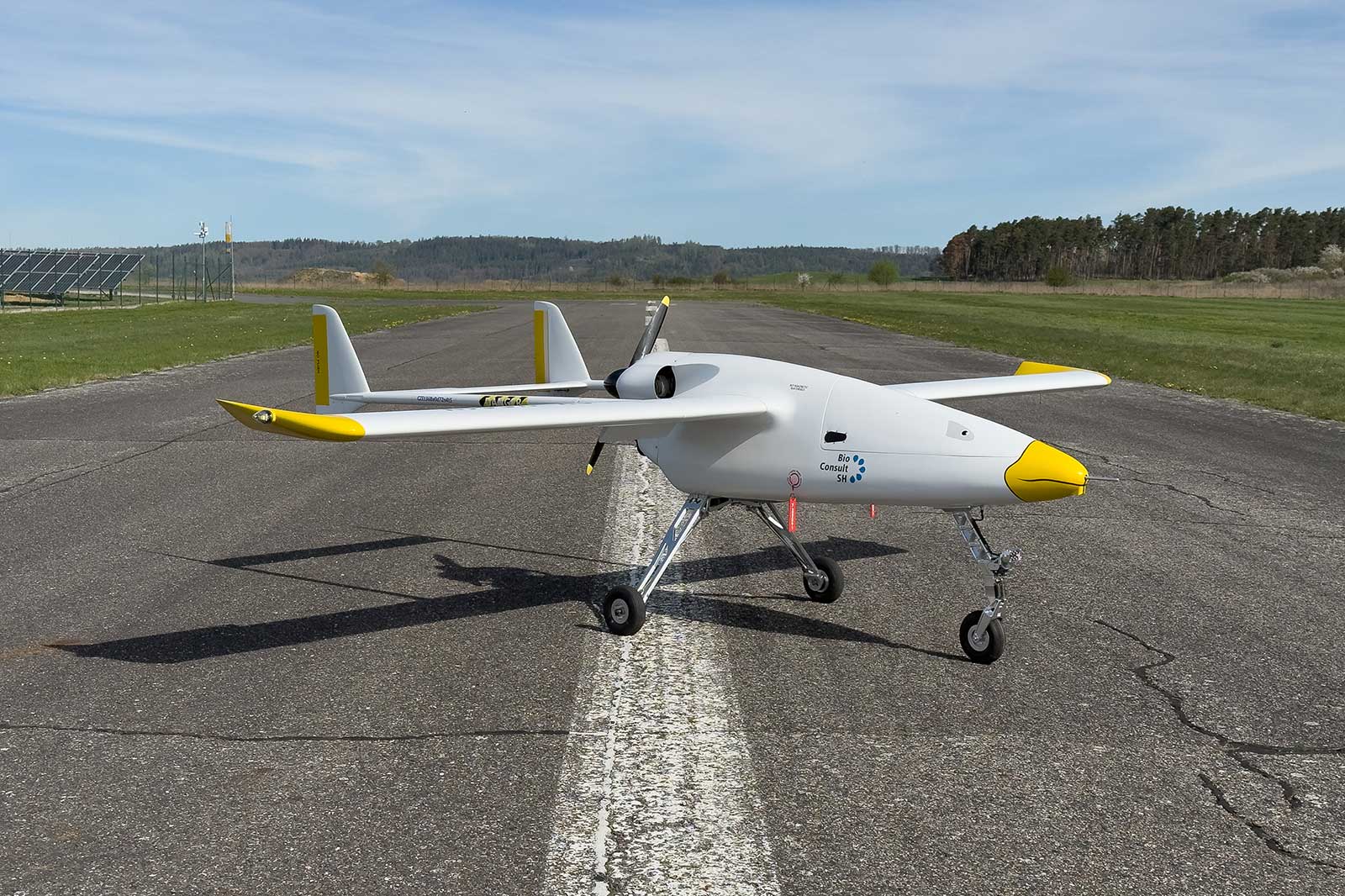
Drone
We are using drones with high definition cameras to monitor marine mammals and birds. BioConsult SH is developing the use of long-range uncrewed aerial vehicles (UAVs) for environmental monitoring of offshore wind farms as a more CO2-efficient alternative to traditional digital aerial surveys (DAS) using manned aircrafts. The UAVs are equipped with a HiDef video system adjusted for autonomous operations maintaining high spatial coverage and high resolution as manned HiDef aircraft systems. The recorded footage is analysed using artificial intelligence with human quality control, enabling automated image recognition for precise, high quality and efficient wildlife monitoring.
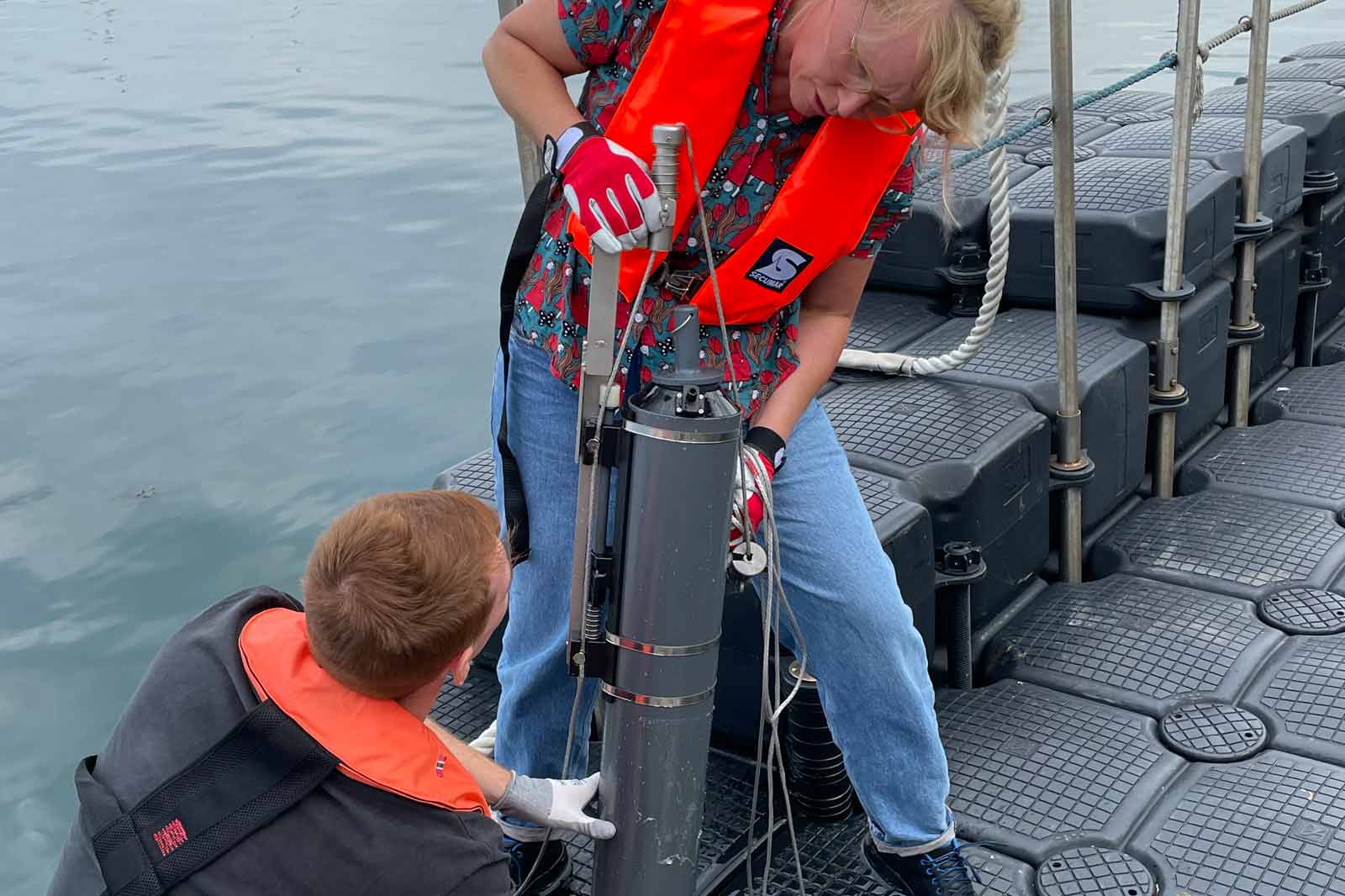
eDNA
We are analysing traces of DNA in the water to identify what species occur in the region of the wind farms. The HIFMB/AWI team is investigating the biodiversity and the occurrence of marine animals living in the seawater and on the seabed, like small crabs, mussels, flat fish and harbour porpoises. Instead of studying biodiversity by collecting samples and removing animals from their environment like in the traditional monitoring protocols, the team looks only at the genetic traces left by the animals, so-called environmental DNA (or ‘eDNA’), which all living creatures release into the seawater with faeces, losing scales/skin, mucus, cells or other remains.
Ten liters of seawater are collected at two different depths using a ‘Niskin bottle’ deployed from RWE Crew Transfer Vessels (CTVs). Physical data like temperature, salinity and oxygen are also measured with a dedicated sensor. After eDNA is extracted from the water by filtration, it is then analysed to identify the species. By analysing DNA sequences found in the water and comparing them to a database of known species, scientists can figure out which species the DNA comes from – all in a non-invasive way without harming or disturbing the animals.
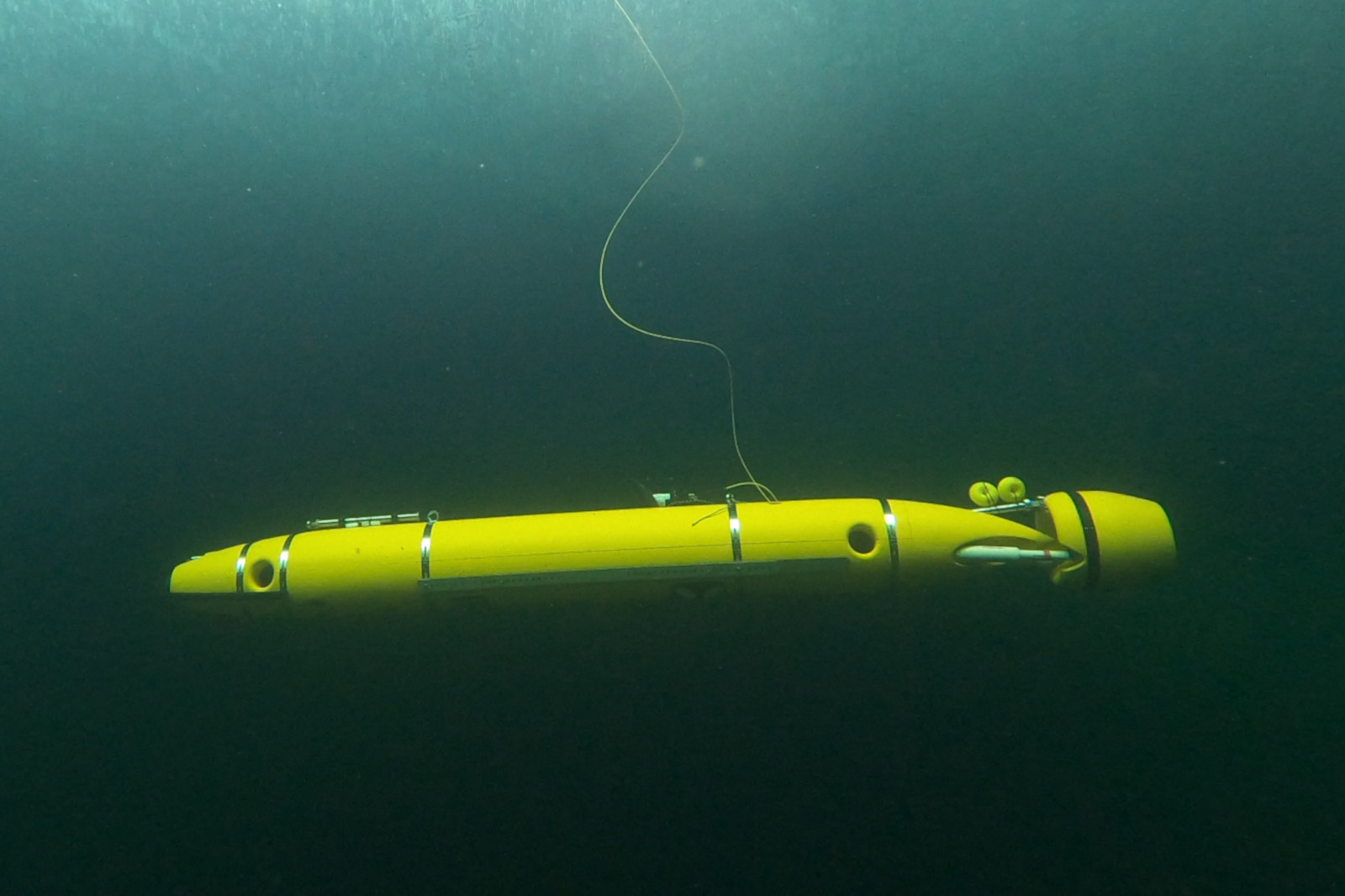
AUV
We are using an autonomous underwater vehicle (AUV) to investigate the water column and the seabed to assess biodiversity. The Robotics Innovation Center, a department of the German Research Centre for Artificial Intelligence (DFKI) is developing a vehicle that can detect and identify fish, marine mammals and animals living on the seafloor. Our AUV will be equipped with cameras and sonars, and will also collect environmental parameters such as temperature, salinity, and dissolved oxygen. Chlorophyll content will also be measured as a proxy to estimate phytoplankton abundance in the seawater. By training an AI deep learning network, the system will detect and identify marine life from the AUV’s video-camera footage, ensuring a non-invasive method for biodiversity assessment.
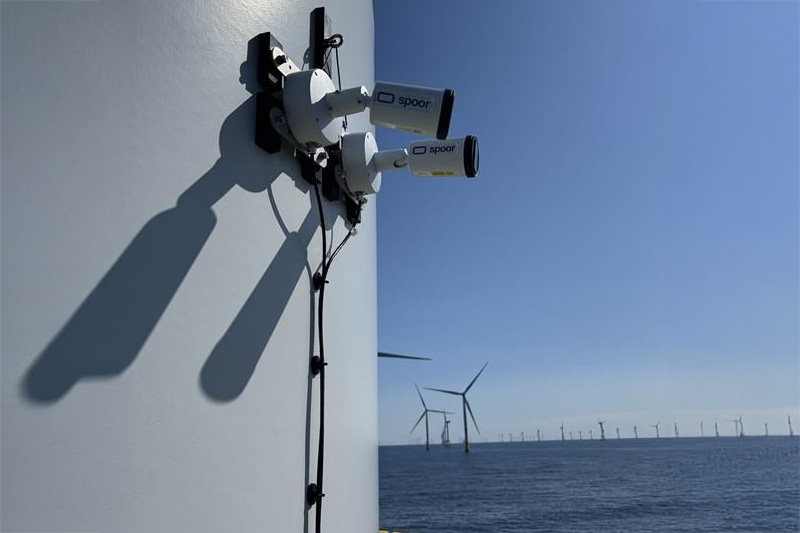
Bird cameras
We have installed high-definition video-cameras on two turbines to detect birds and their behaviour. Spoor is providing AI-based analysis of ultra-high resolution video recordings from six video-cameras mounted on the turbines, allowing for automated detection, tracking and identification of birds.
We are also testing technologies that will enable night-time monitoring such as infrared lighting and thermal cameras. The details that can be captured by this method complement and advance traditional bird monitoring approaches such as radar, offering also higher temporal coverage than approaches such as aerial photography. This data forms insight about site-specific bird behavior, which is used to assess the expected or actual impact from industry on birdlife. Thanks to the images’ high resolution and the support of expert ornithologists for the validation process, bird species will be identified despite the long distance between the cameras and the target turbine. This can enable the detection of species-specific responses.. Spoor also provides high confidence 3D geospatial data of bird positions in relation to operating turbines.
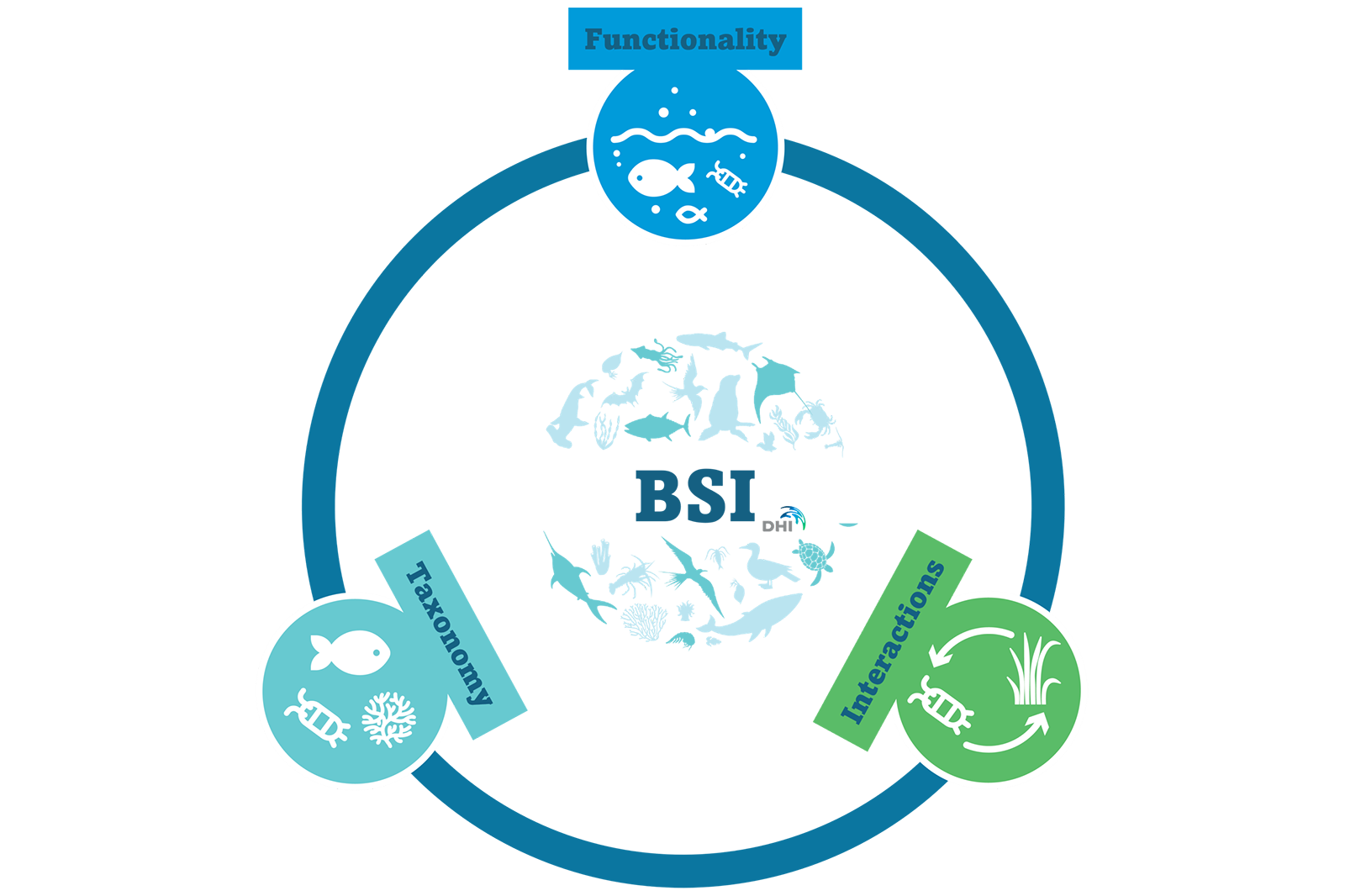
Data
We are collecting many different data types in SeaMe, which we aim to integrate into a deeper understanding of the ecosystem around Kaskasi wind farm. The team at DHI will use multiple approaches to analyse the collected data and compare them with the ones from the traditional StuK4 protocol. One of these methods is the Biodiversity State Indicator (BSI), a single score that helps scientists understand how healthy and diverse marine life is in a certain area by combining different types of biodiversity information – such as the identity of the species, their functions and interactions. The results from eDNA from water samples will be used to calculate BSI scores to compare the ecosystem’s biodiversity status in the wind farm to reference areas and the StuK4 monitoring efforts, to see if biodiversity has improved or declined. The final score, showing a percentual increase or decrease of biodiversity, makes it easy to understand how the ecosystem is doing, and can be used for environmental reporting, restoration planning, and the assessment of ecological changes.
The team at DHI has also developed the data portal, and worked out the most effective way to visualise data coming from all the different technologies used by the different teams. The goal is to share as much knowledge as possible from SeaMe and engage with a wide variety of stakeholders and users.
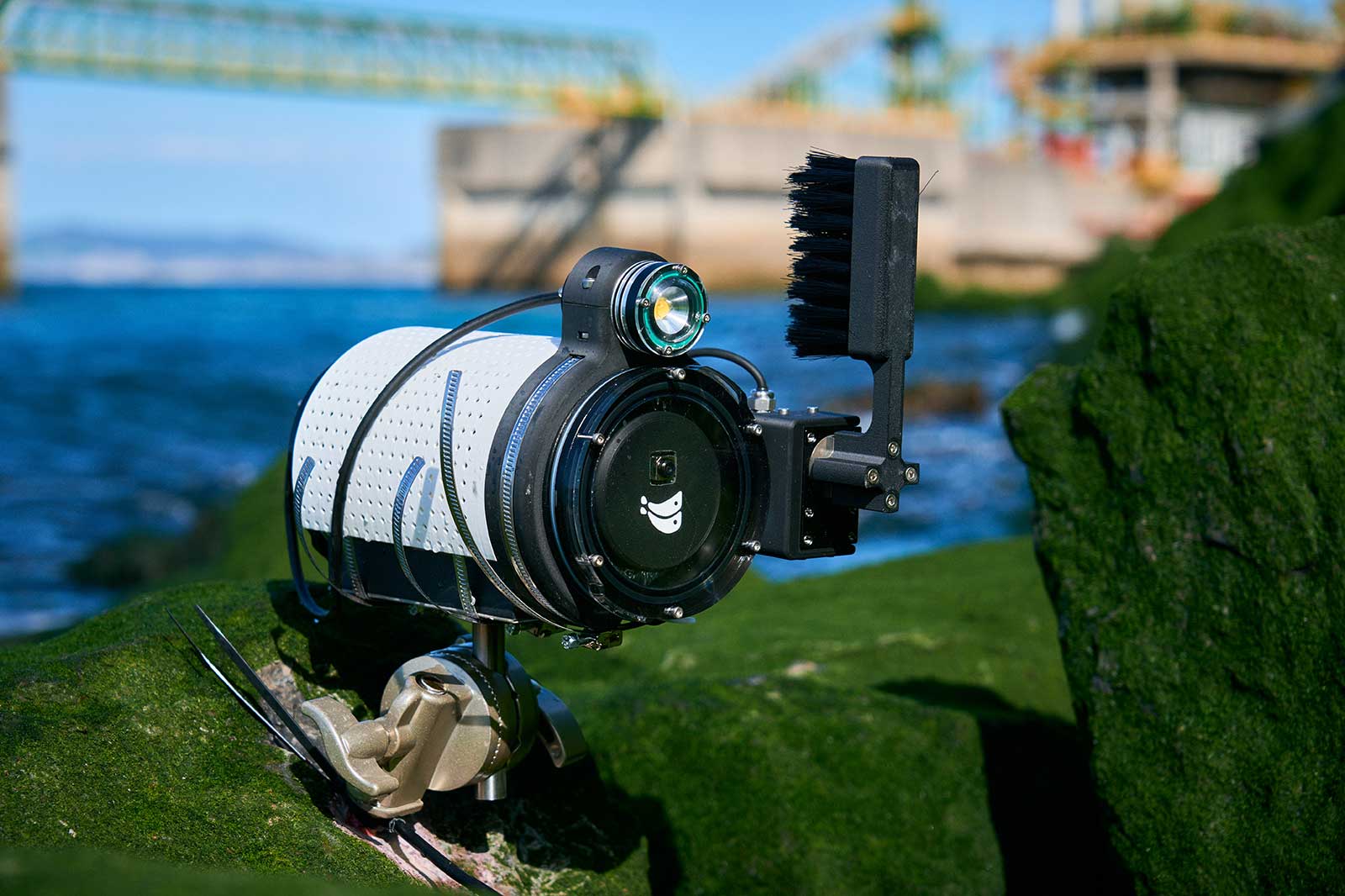
Underwater camera
We are deploying long-term underwater camera systems to continuously monitor mobile marine fauna, such as fish, around offshore wind farms and other man made structures. Unlike traditional survey methods that rely on sporadic snapshots from trawling or visual consensus observations, our AnemoLive system enables high-resolution video capture throughout the day and night in a fully autonomous, non-invasive manner. The cameras record 30-second clips every 15 minutes over several months, generating a rich dataset that reflects both short-term behavior and long-term ecological trends.
Developed in collaboration with the Technical University of Denmark (DTU), the system includes robust offshore-ready hardware and AnemoRobotics AI – our computer vision pipeline that detects and identifies local species based on annotated training data. This setup allows us to observe temporal and seasonal patterns in marine life activity, helping to understand how offshore structures are integrated into the marine ecosystem and how biodiversity responds to environmental change.

The SeaMe project thrives on the expertise and dedication of its academic staff and experts. However, its success would not be possible without the unwavering support and collaboration of the RWE Operational and Maintenance team.
This crucial team encompasses a diverse range of roles, including the warehouse personnel, marine coordination specialists, administrative staff, planning team, and the skilled crew of the crew transfer vessels.
Their collective effort forms the backbone of the project, ensuring seamless operations and the achievement of its goals.







